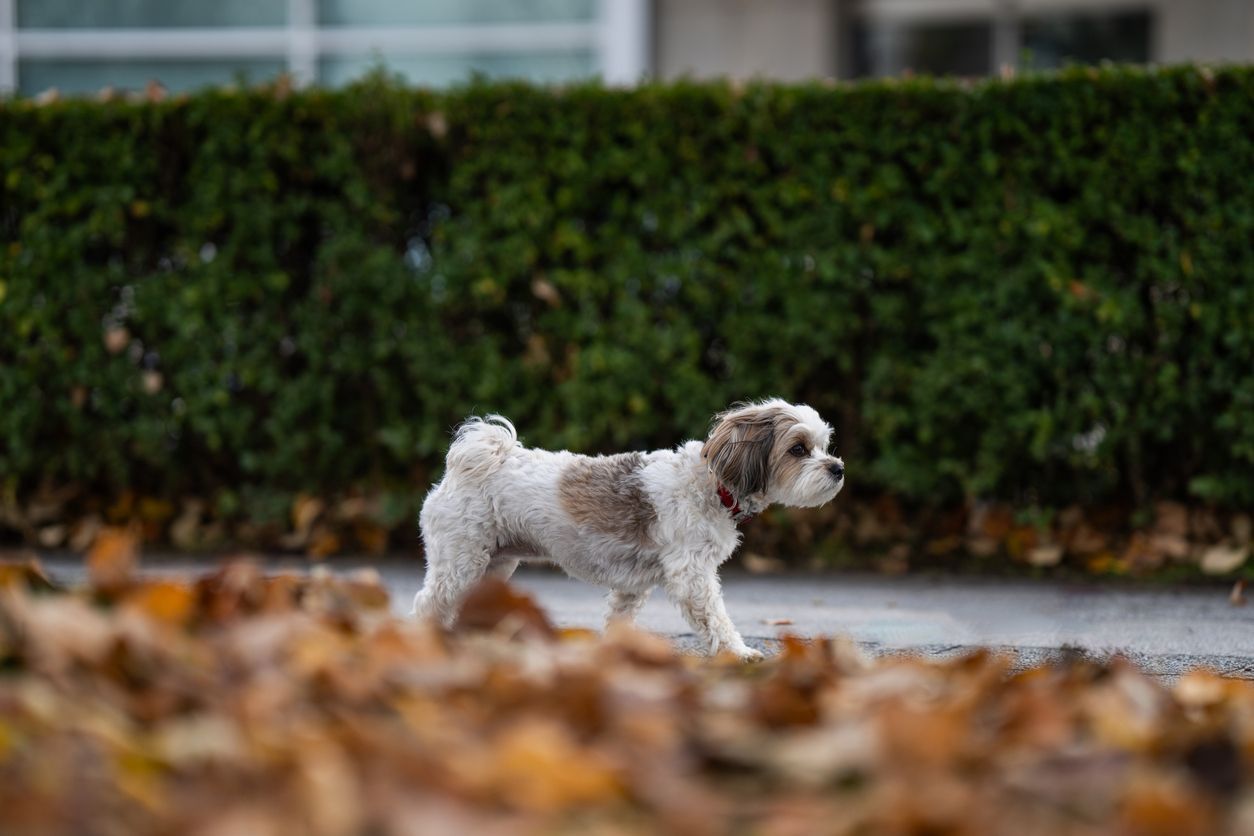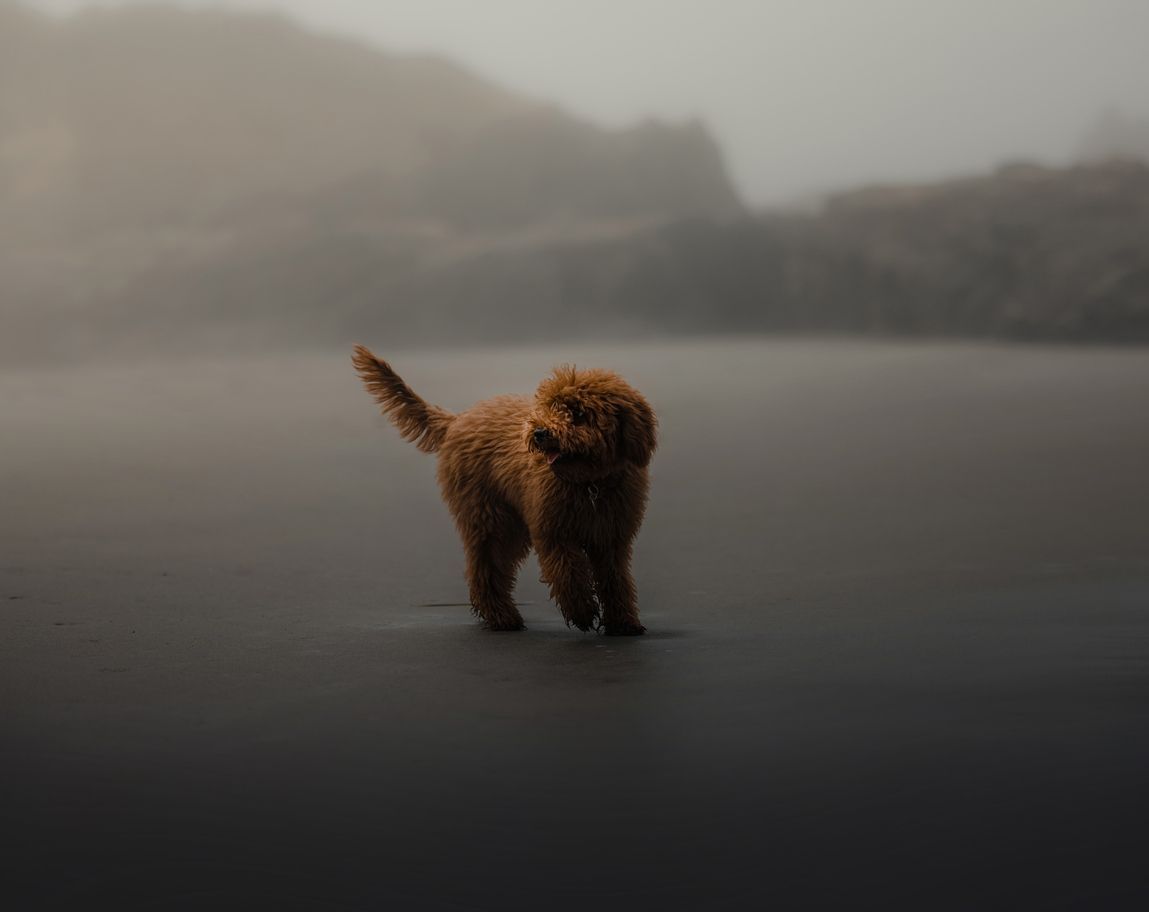Cold weather tips for your horse this winter

Watch out for increased winter health threats, such as poor hoof health and complications from dehydration, in your horses during the snowy weather. Follow these tips to keep them warm and healthy all season long.
- Provide your horses shelter in the winter so they can stay out of the wind.
- Blanket your horses when necessary, such as after exercising or if they have thinner coats.
- Keep lots of hay and warm water available.
- Hoof care in the snow according to your winter plans for them.
During the winter, there are special precautions we must take for our furry friends. Horses, for the most part, live outside all winter long and are usually well-suited to this. Many barns can be heated; however, even if that is the case, as a pet parent, you should know how to take care of horses during the colder months.
General winter horse care
Providing shelter for your horse
Horses are inherently well-equipped for the wintertime. With that in mind, the essential precaution is giving them a space to get out of the wind and wet weather. Their long winter coat can trap air next to the skin, which helps insulate against winter weather, yet this gets more difficult against the strong winds. So it is essential to provide a three-sided strongly built shelter or have them penned by a heavy tree line to protect them from the winter winds.
Blanketing your horse
Horses' bodies may adapt during cold weather and grow winter hair coats; however, waterproof blankets or turnout blankets may be a wise precaution to take, especially in inclement weather and extraordinarily frigid temperatures.
Whether or not your horse should wear a blanket varies depending on your horse's specific situation. Sometimes placing a blanket on a horse with a heavy hair coat can squash its long hair, reducing its natural insulating ability. If this is the case, blanketing could make it more difficult to keep your horse warm.
With that in mind, if your equine animal has its body clipped or is wet from sweating or rain, blanketing may be beneficial. Look at the thickness of the blanket you are purchasing. The type of blanket depends on the type of horse.
Feeding program in the winter months
With cold temperatures come many side effects in horses. The main one is that the horse's body has a more challenging time working to maintain a core temperature. Keeping weight on your adult ponies is one of the main strategies to help them insulate. Equine animals' nutrient requirements include increasing their caloric intake by 15-20 percent for every 10-degree drop in temperature below 30 degrees Fahrenheit.
If you are trying to help your horse generate body heat, gravitate towards high-quality hay instead of grain. Hay is digested in the large intestine by bacterial fermentation, generating heat and raising the horse's core body temperature. By providing lots of good quality hay, you should allow your horse to stay warm, fat, and happy.
Keeping your horse hydrated in cold weather
Appropriate access to water and water intake is essential during the winter season. Extra vigilance is necessary to keep water sources from freezing during cold weather. Dehydration can cause many problems, including constipation which can lead to colic. Colic increases during the colder months primarily because of inadequate water intake and lack of exercise. A common myth is that horses can receive hydration from eating snow. However, a horse cannot consume enough snow to stay hydrated. Snow is difficult for horses to consume and can even chill the horse's core body temperature.
Water requirements vary depending on the size of the horse, its body weight, temperature, diet, exercise, the horse breed, etc. The general rule of thumb is the water requirement for a 1,000 lb. horse is at least 10 gallons of water daily. One of the main reasons horses will decrease their water intake during the winter is because of the water temperatures when the water is too cold, which decreases their core temperature. Studies show horses are more likely to drink more in cold weather when water is warmed to 45-65 degrees Fahrenheit (7-18 degrees celsius). There are mechanical and electrical devices on the market to keep tanks from freezing, but make sure to keep electrical cords away from horses in case they become curious and chew them.
Hoof care during winter months
When leaving your horses turned out in winter conditions, there are many concerns regarding their hooves. One of the significant issues is the formation of ice balls that tend to get packed under a horse's hoof. They form by snow warming slightly against the sole of the horse's foot and then freezing against the cold metal of the shoe. Ice balls can make it extremely difficult for horses to walk and might cause them to trip and become lame.
Leaving your horse barefoot for the winter
Most horses, if turned out in pasture would benefit from going barefoot, especially if you do not plan on riding much during these months. Pulling a horse's shoes allows its feet to expand and increase circulation. Also, their hoof has better traction on ice and snow than an iron shoe. During the winter,
- Keep a consistent trimming schedule (4-6 weeks unshod)
- Watch for hoofs with overgrowth or thrush from wet and muddy conditions
Leaving your horse’s shoes on during the winter
If you plan to keep your horses shod throughout the winter, here are some ways to help them have better traction on snow to keep them safe:
- Ask your farrier about anti-snowball pads or snow pads to put under shoes. There are two types. One type is a heavy plastic or rubber insert that covers the horse's sole and has a protruding bubble that forces the snow and ice out while they walk. Another type of anti-snowball pad is called a rim pad, which is a raised rubber tube that circles the inside of the shoe without covering the frog or sole. Both are efficient; however, they need consistent cleaning so mud or manure can't build up underneath.
- Have your farrier put on borium in the toe and heel of the shoe.
- Place studs on the toe or heel of the shoe.
- Try home remedies. Even though these are not as effective as other methods, agents such as cooking oil or petroleum jelly applied to the horse's sole will deter snow build-up. Avoid using WD-40, motor oil, or other hazardous products.
No matter your decision during the winter months, your horse’s hooves will need extra special care, so pay close attention to your equine friends as they frolic in the snow.
Winter risks and prevention for your horse
Winter may look pretty from afar, but for your horses, it can come with multiple risks. People tend to slack on their regular horse care when they are not using their equine animals as often. If you turn your horses out on pasture, watch out for the following:
Hoof thrush
Thrush is a common bacterial infection of horse hoof tissue caused by poor foot conformation, inactivity, moist conditions, poor diet and poor hoof growth. With a lack of exercise combined with a lack of trimming or proper shoeing care, the horse's natural hoof-cleaning mechanisms can be disrupted, creating a build-up of bacteria leading to this infection.
Frostbite
Frostbite is very rare in horses during winter due to the horse's natural ability to insulate.
Cold intolerance & hypothermia
Horses are well-suited to the cold and can tolerate temperatures as cold as -40 degrees Fahrenheit (-40 degrees celsius). Providing shelter from wind and rain is critical, as is keeping their feed from getting wet by keeping it under shelter. Providing salt licks or blocks is helpful in promoting water consumption to prevent dehydration and even boredom. Finally, as a horse owner, if you plan to keep riding throughout the winter, be sure to brush off the dried sweat before returning them to their pastures.
Colic
Colic, such as impaction colic, increases in horses throughout the winter months. Keep them hydrated to prevent this from increasing. The risk of impaction colic increases with higher grain rations and less movement during the cold months.
Lameness
Snow packs easily under a horse’s shoe, so it is crucial to provide the appropriate hoof care depending on your horse’s lifestyle.
Air quality
If you plan on keeping your horses inside for most of the season, in enclosed barns or stables that hold a lot of dust or have poor air quality, watch your horse’s respiratory health and keep an eye out for RAO. Heaves, or Recurrent Airway Obstruction, is a severe form of equine airway disease that impairs breathing even during sleep. It is caused by an allergic reaction to dust particles, endotoxins, or mold spores typically found in hay and straw. Symptoms are rapid, labored breathing, flared nostrils, nasal discharge, and coughing. As a horse owner, if you aren't able to give them time outside during the winter, keep on top of barn chores and clean their stalls to reduce the risk of dust inhalation that leads to RAO. You can also consider adding ceiling fans to improve air circulation.
Winter priorities to help horses fight the cold
Winter can be challenging for horses and their owners, but keeping these winter care tips in mind will help to keep your horse comfortable:
- Provide adequate shelter where horses can get out of the wind and stay dry
- Provide plenty of hay for them to stay warm and keep it dry
- Provide trace mineral salt in their feed or in salt block form
- Provide fresh water and keep it from freezing
- Take care of hooves
- Correctly care for horses so they can get through the winter with no ill effects
FAQ - Horse care in the winter
How can I tell if my horse is cold?
If your horse is healthy, dry, and has a full hair coat, you can rest assured they’re not too cold as long as temperatures remain above -40 ℉/℃. Horses, like people, will shiver when they’re cold. If they are shivering and seem uneasy, they are probably cold. If their tail is tucked, it can also indicate that they are trying to warm up. Groups of horses also tend to gather in a close huddle to conserve heat.
Do horses need stables in the winter?
During winter, horses will require shelter and additional hay. Whether this is access to a stable or open-sided shed, or at the very least a treeline, horses need protection from the wind, rain, sleet and winter storms.
How cold of temperature can horses tolerate?
If there is no wind or moisture, most healthy horses can handle temperatures as low as -40°F.
If you have any other questions or concerns regarding your horse's health during the winter, book an online virtual care appointment with Vetster.com today. Better to get ahead of the freezing temperatures before facing them head-on!




